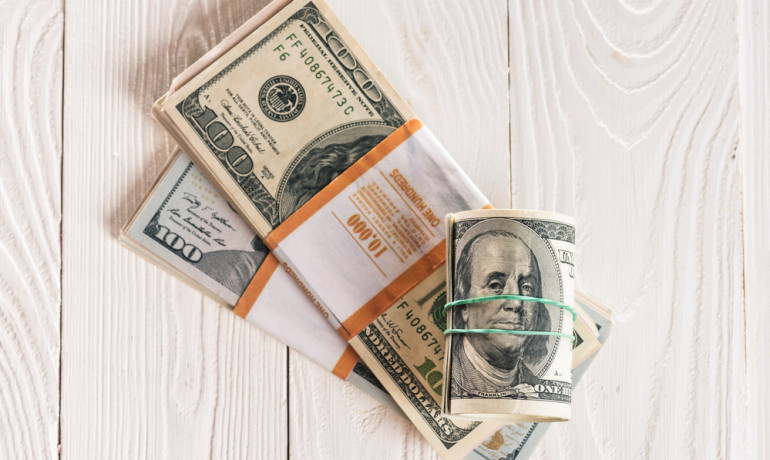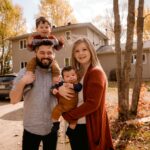Once upon a time, wealth meant owning a home, driving a reliable car, and retiring at 65 with a gold watch. But in 2025, that version of the American dream has shifted — dramatically. For millennials and Gen Z, “wealth” no longer fits neatly into numbers or net worth. It’s a blend of flexibility, purpose, and mental peace — a concept economists now call lifestyle liquidity.
A Shift from Assets to Access
For decades, financial advice centered around ownership: buy the house, get the mortgage, build equity. But the 2025 generation is moving in the opposite direction — not because they can’t buy, but because they no longer see ownership as freedom.
In a recent Pew Research survey, 61% of millennials said they preferred “access-based living” — paying for what they use (ridesharing, coworking spaces, subscription housing) rather than buying outright. The underlying psychology is control: they want flexibility, not permanence.
“Freedom used to mean owning more. Now it means needing less.”
Money as Mental Health
The rise of financial anxiety has made mental wellness part of financial planning. Apps now integrate therapy, mindfulness, and budgeting into one dashboard. This merging of money and mind reflects a bigger truth: you can’t separate financial stability from emotional stability.
Take Alana, 32, a freelance designer in Austin. “I make less than some of my peers,” she says, “but I sleep better knowing I can work from anywhere and cover my bills without panic. That’s wealth to me now.”
📊 Did You Know?
In 2025, over 70% of Americans under 40 said financial freedom meant “having time flexibility,” not “owning property.” (Source: Morning Consult, 2025)
The Rise of Micro-Wealth
Micro-investing, digital assets, and fractional ownership are replacing old wealth hierarchies. People aren’t waiting for million-dollar milestones — they’re stacking smaller, sustainable wins. Think $10 daily investments, side hustles that generate $300 a month, or buying digital art shares.
These incremental moves might seem small, but they create something powerful: confidence. And confidence compounds faster than interest.
Wealth as Work-Life Design
The pandemic rewired how we view work. Millennials and Gen Z are trading corporate ladders for flexible ladders — ones that might lead sideways, not upward. Remote jobs, freelancing, and entrepreneurship aren’t seen as risks but as vehicles for control.
For many, a $70,000 remote job in Lisbon beats a $120,000 desk job in Manhattan. Wealth isn’t measured in square footage anymore — it’s measured in time ownership and location independence.
🔍 Quick Reflection
Ask yourself: would you trade 15% of your income for complete control over your time? In 2025, most people under 40 say yes.
The “Enough” Economy
The obsession with “more” is quietly giving way to “enough.” Financial planners now talk about the sufficiency threshold — the income level where stress decreases and satisfaction plateaus. For many Americans, that number hovers around $80,000–$90,000 per year.
The real game isn’t maximizing wealth — it’s right-sizing life. More people are opting for smaller homes, remote towns, and balanced budgets that fund experiences, not just things.
💬 Reader Q&A
Q: Is this “new wealth mindset” sustainable?
A: Yes, if balanced with planning. Freedom-based wealth still needs emergency funds, insurance, and long-term investing — it just prioritizes flexibility over accumulation.
Q: How can I build micro-wealth if I’m starting late?
A: Focus on skills that multiply income (tech, content, consulting), automate small investments, and cut recurring costs that don’t improve life quality.





